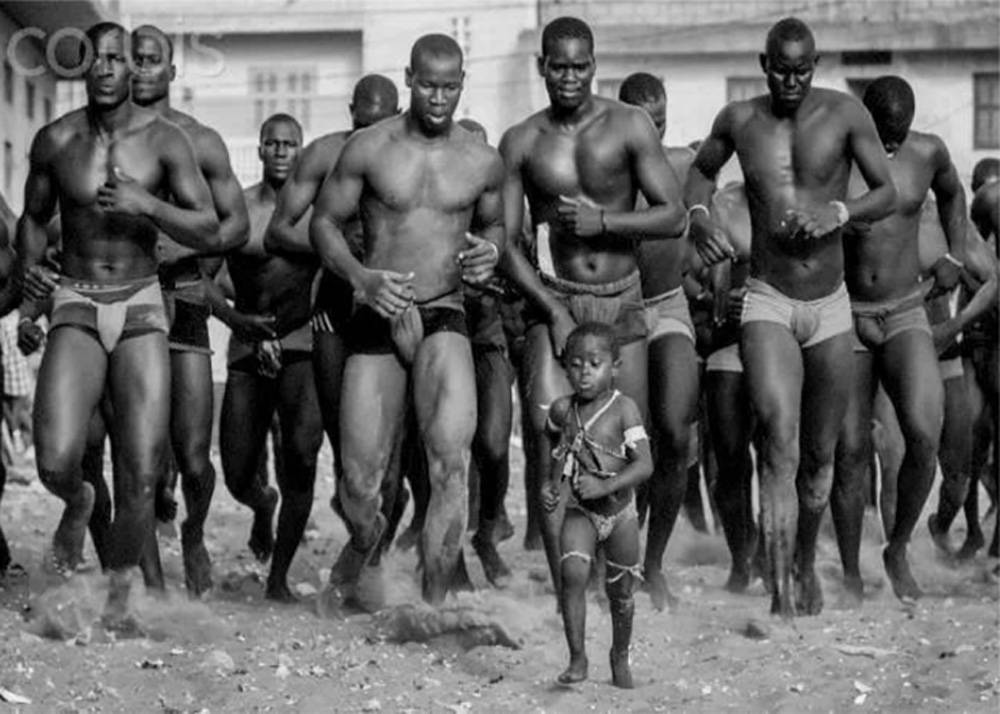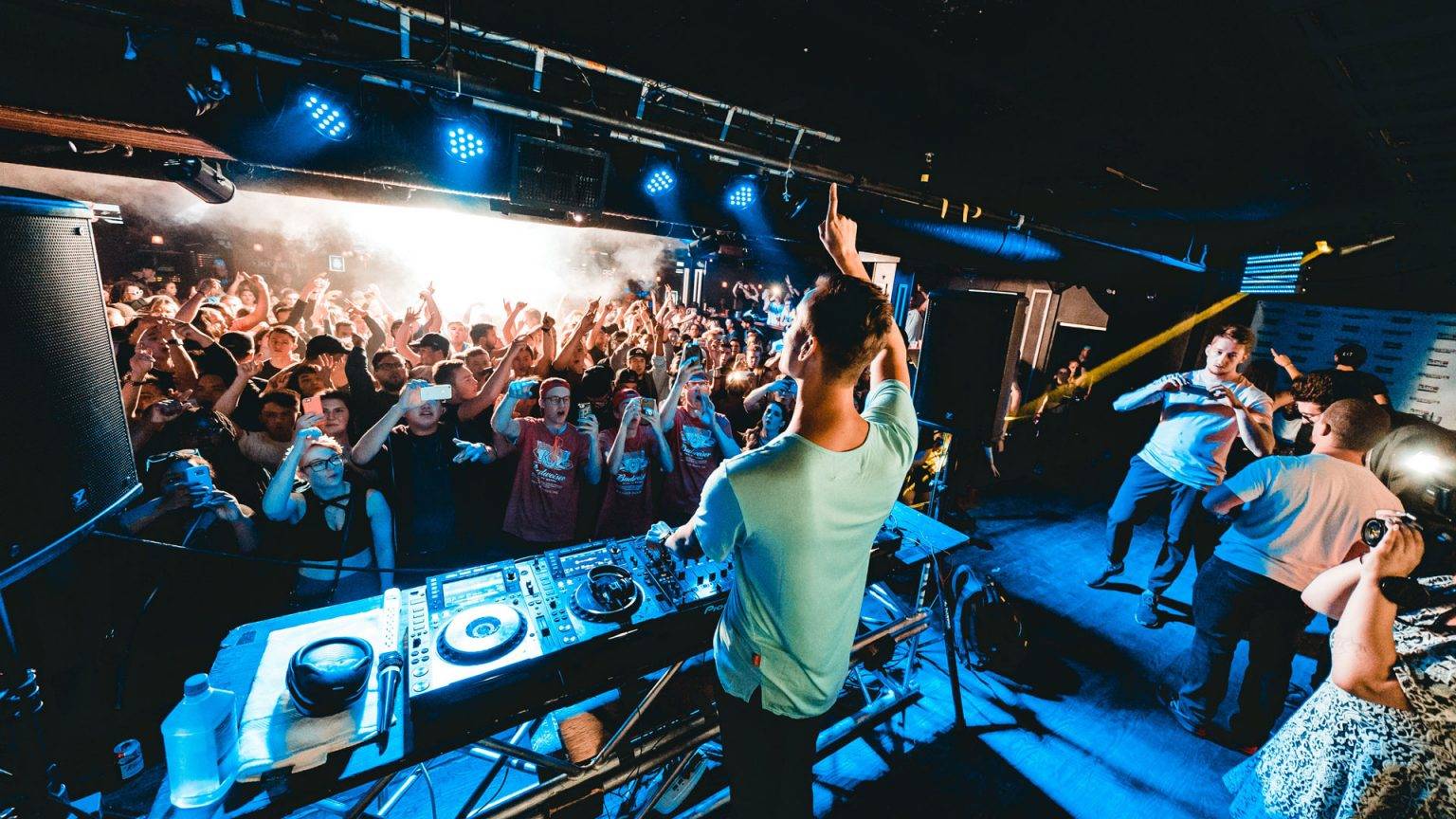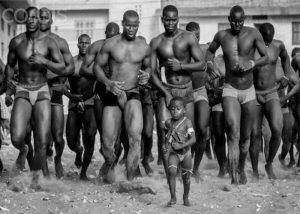The Mandingo People
The Mandingo people are descendants of the people of the Mali empire, which covered western Africa south of the Sahara desert from c.1230 to c.1600 AD. They originated in the Mande heartland in what is now Mali. The Malian empire, formed by Mansa Sundiata Keita, spanned the Atlantic coast from Senegal to The Gambia, and also included significant cities along the Saharan trade routes such as Djenné, Gao, and Timbuktu, which was once Africa’s scholastic hub. Mansa Sundiata is recognized as the “Father of the Mandingos” and is credited with developing one of the major language and cultural communities in the world. Mandingo, which is also known as ‘Mandinka’ and ‘Malinke’, is the present name given to a significant subgroup of West Africans. It is also a language that belongs to the Manding subgroup of the Mande language family of Niger-Congo. It is the dominant language of Senegal, and it is also spoken in Mali, Gambia, Guinea, Côte d’Ivoire, Burkina Faso, Sierra Leone, Liberia, Guinea-Bissau, and Chad by the Mandinka people.
Some Mandinka accepted Islam and abandoned their ancient spiritual beliefs and traditions as early as the 12th century, but now, more than 90% of Mandinka are Muslims, due to a number of Islamic sacred wars that took place in the late 19th century.
Mandinka is agricultural farmers who make their living from peanuts, rice, millet, maize, and livestock farming. Men sow peanuts as their major cash crop during the rainy season. Men and women both grow millet and rice (traditionally, African rice), with both cultivating the plants manually, with their hands. This is a very tremendously strenuous and labor-intensive job. Only approximately half of the rice consumed in the country is grown locally.
The Mandinka celebrate kuyangwoo, a rite of passage that symbolizes the beginning of maturity for their offspring. The children used to spend up to a year in the bush, but this has been shortened to three to four weeks to match with their physical recuperation time.
They learn about adult social obligations and standards of behavior throughout this time. In the community or complex, preparations are made for the children’s return. The homecoming of these new adults to their families is marked with a ceremony.
Tradition, music, and spiritual rituals abound in Mandinka culture. Through tales, chants, and parables, they preserve a rich oral history tradition.
Kunta Kinte was a Mandingo
Several thousands of Mandinka were abducted and taken to North America as slaves in the 16th century. Historians assume that 92,000 (about 24 %) of the estimated 388,000 Africans who arrived in America as a result of the institution of slavery were from the region of West Africa encompassing the Senegal and Gambia Rivers and the country between them; many were Mandingos. They merged with other racial captives and laborers to form the Creole culture. The African heritage of descendent peoples presently found in Brazil, the Southern United States, and, to an extent, the Caribbean was strongly affected by the Mandinka people.
Alex Haley, the author of the book “Roots” made Mandingo popular among literature lovers when the book was published in the twentieth century. He attempted to connect with his origin down to Juffure, in The Gambia, where his ancestor, Kunta Kinte, was abducted and sold as a slave United States. Kunta was a member of the Gambia’s Kinte clan, which is well-known among the Mandingo people. He was a young man with enormous courage and intellectual tenacity, all of which strengthen him when he is seized by slave traders. He was an educated, brilliant, skilled, powerful, resilient, and proud fighter. He was sold to an American slave owner, John Waller, and opposed both his servitude and his master’s enforced name “Toby.” After he tried to escape four times and failed, the slave catchers offered him the option of being castrated or sacrificing a foot. He made the decision to lose a foot. Kunta married Belle Waller, an enslaved woman, and together, they birth to a daughter named Keisa (Kizzy) in Mandinka, which translates “to stay put” in Kunta’s own dialect, to keep her from being sold away. Naming his daughter with a word from his native language signified that he never forgot his roots. This also signified that he sought to preserve his tradition and pass it down to his descendants.
The perseverance and fighting spirit of this Mandinka man has inspired a lot of black people around the world, to remain true to their identity against all odds.
Django Unchained & ‘Mandingo Fighting’
Django Unchained is a film by Quentin Tarantino, which depicts the cruelty of slave masters on slaves. In the movie, slaves were made to fight to the death in what was called ‘Mandingo fighting.
One may wonder the connection between ‘Mandingo’ and the brutal portrayal of slavery in the movie. This movie does not exactly depict a true-life story, but the strength of the black man. In the movie, the slaves were thought to be strong, hence, were made to fight for the entertainment of the slave masters.
It is a rude and brutal awakening but if one ponders on it, carefully, one can perceive the show of strength and courage of the black man. Although exaggerated, this movie can be said to have gotten inspiration from the story of the freed slave, Thomas Molineaux.
Molineaux was a bare-knuckle boxer who fought his way to freedom. After winning a boxing fight against a slave from a competing plantation, Molineaux was set free. The battle had a $400 reward, which was a large sum at that time.
Molineaux sailed to England, the center of the boxing universe, in 1809, after traveling towards New York.
Django Unchained is historically inaccurate in the sense that there is no known historical record of slaves fighting to the death. The film adopted the term ‘Mandingo’ to qualify the fight as a means of showcasing the physical strength of a black man. Mandingo is actually NOT a fight as described in the movie, it was only adopted for the purpose of entertainment.
Mandingo Club in Berlin
Mandingo is a term that has been associated with some racist and sexual ideas, however, the Mandingo-Discothek Bar in Berlin uses the term in a positive light. The Mandingo people are known to be strong, physically and mentally, and this is kind of like a synecdoche (a figure of speech where the part is used to represent the whole).
Mandingo Club is the No.1 Afro-Latino Disco located in the city of Berlin, with the hottest and latest Afro-Latino Hip Hop beats. For this bar, ‘Mandingo’ represents the strength and courage of Africans and black people alike.
This club brings together people from all races, to experience the finest of black arts, culture, and entertainment. It is and has always been the best spot in Berlin to have a good time on holidays and weekends. It is a gathering place for friends, family, lovers, and potential companions from all over the world! The perfect location to get immersed on weekends, thanks to its warm, progressive interior and friendly service. It is a hub for black excellence and this inspired its name – an attempt to change the stereotypical nature of black people, and showcase it in a positive light,





